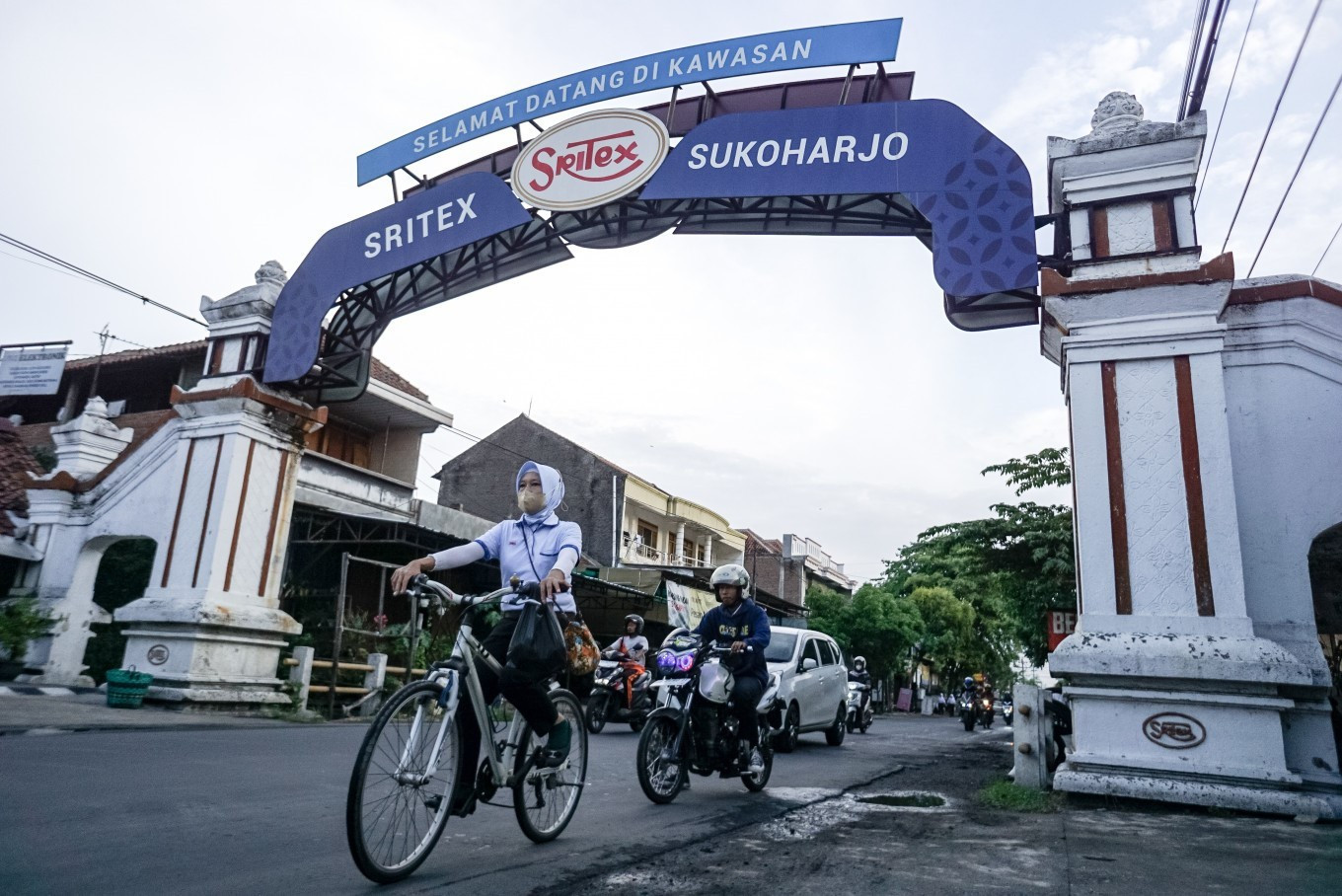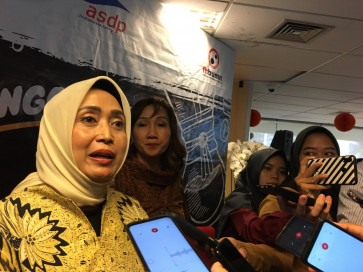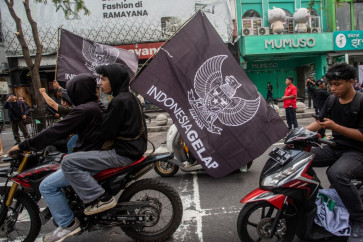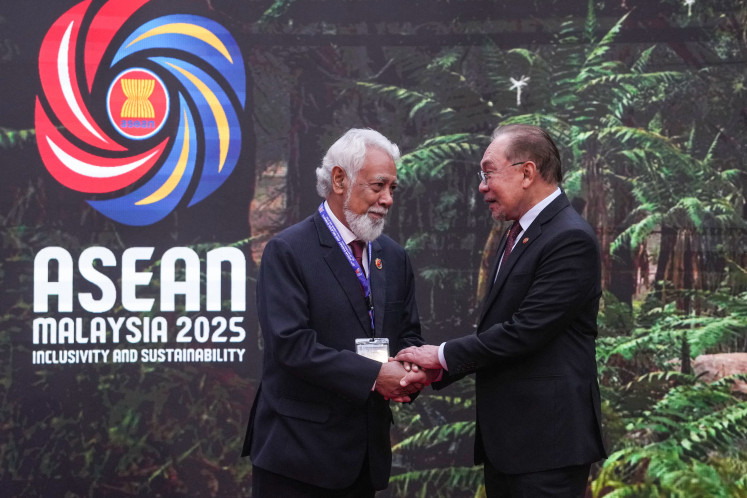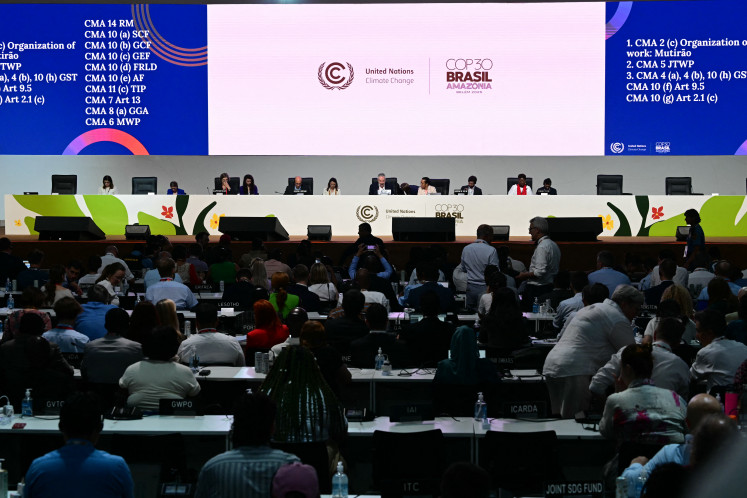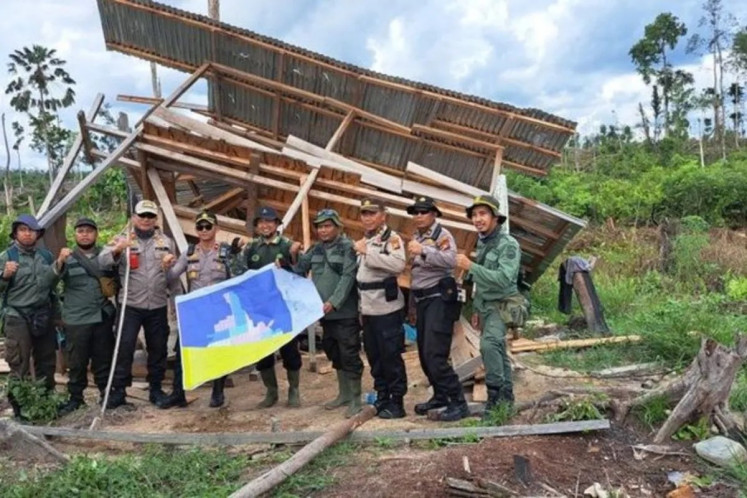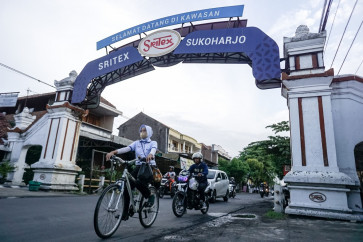Popular Reads
Top Results
Can't find what you're looking for?
View all search resultsPopular Reads
Top Results
Can't find what you're looking for?
View all search resultsBold reform and decisive policies to rejuvenate the textile industry
To restore industry competitiveness, what’s urgently needed is not just legislation, but also targeted action.
Change text size
Gift Premium Articles
to Anyone
F
ew sectors capture the rise and fall of Indonesian industry as starkly as textiles. Once recognized as a symbol of manufacturing prowess in the 1980s, Indonesia textile industries are now at a crossroads, if not already in steep descent.
The recent collapse of Sritex, a former industry titan, followed by layoffs and factory shutdowns signals a deeper crisis. Worsened by United States unilateral tariffs, Indonesia’s downstream textile sector has taken a hit, losing export potential and facing the growing threat of becoming a dumping ground for Chinese oversupply.
In response, the House of Representatives is reviving a long-delayed textile bill, which was first proposed in 2016, with proposals such as preferential energy pricing for textile export products. Yet to restore industry competitiveness, what’s urgently needed is not just legislation, but also targeted action.
The textile value chain is structured across three layers: Upstream (raw materials), midstream (yarns and spinning) and downstream (apparel). While all segments face legacy issues, ranging from high energy costs to low labor productivity, the downstream sector should receive more policymaker attention.
The textile downstream sector currently employs the bulk of the industry’s 3 million workers, contributing significantly to the 20 percent of jobs in manufacturing. However, despite its strategic importance, the textile downstream sector has seen minimal policy intervention and remains exposed to both global and domestic challenges.
Globally, inflation and post-pandemic shifts in consumer spending have weakened demand for finished apparel. Internally, the domestic market that was once a backbone for local producers has been flooded with imports, while producers lack access to effective trade remedies to respond.
Though positioned at the frontline of brunt competition, the downstream textile sector remains sidelined in accessing trade remedy protections. While the government has taken precautionary steps to block the low-cost fashion platform TEMU that may further harm downstream textiles, as well as reinstating non-tariff measures through the recent deregulated trade ministerial regulation No. 8/2024, broader trade measures remain disjointed.

